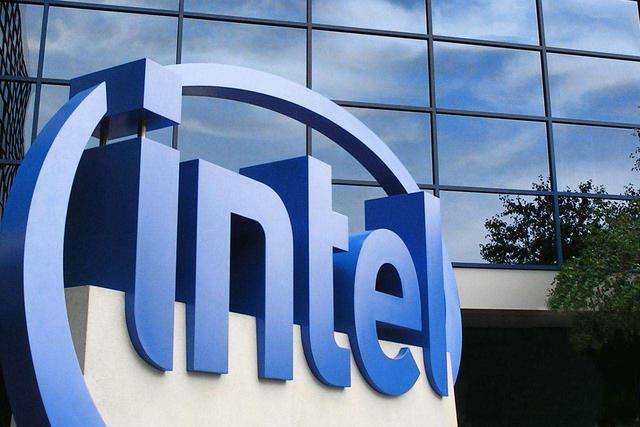
0755-83687076
Author: admin Time:2021-12-15 Click:

Since Intel unveiled its IDM 2.0 strategy, the company has been making frequent moves. In addition to expanding wafer production in its home market of the United States, Intel is also deepening its IDM 2.0 strategy by expanding its overseas supply chain. Recently, there have been reports that Intel plans to build several foundries in Europe with the help of local governments in the region.
It is understood that Intel's main wafer fab in Europe is located in Ireland, and the company continues to expand its "territory" in Europe. Intel's plan to establish large-scale advanced foundries in Europe has surfaced several times before, with Italy, Germany, and France being potential locations. The overall investment scale is still unknown, but it is rumored to be around $95 billion, with plans to build 6 to 8 foundries that will produce 4nm process chips.
European Union Trade Commissioner Thierry Breton recently stated that Intel will announce its plans for site selection and construction of advanced foundries within the next few days.
There are rumors that Intel's European factory may be located in Dresden, Germany, which is one of the main wafer fab clusters in Europe, including many traditional large European chip manufacturers. For Intel, this location would provide good support for the market supply and demand. Additionally, for the European semiconductor industry, advanced process technology is a weakness, and the introduction of Intel's factory would effectively fill this gap, complementing each other's needs.
At Intel's Architecture Day earlier, Stuart Pann, senior vice president of Intel's Enterprise Planning Division, said that some important components of the upcoming GPU products will be manufactured by TSMC using its N6 and N5 process technologies. This is part of CEO Pat Gelsinger's IDM 2.0 strategy announced in March this year. Pat has stated that Intel is evolving its new IDM model to deepen its cooperation with other foundries. It is also reported that Intel may partner with TSMC for a deeper collaboration in the 4nm process. Meanwhile, TSMC's plans to build a factory in Europe have also been widely circulated. Therefore, whether Intel's 4nm wafer fab in Europe will be jointly built with TSMC remains to be seen.
Some experts believe that the possibility of TSMC and Intel jointly building a wafer fab in Europe is relatively low. This is because establishing a wafer fab overseas involves many complex issues. Although Europe is very welcoming of TSMC, Samsung, and Intel to build factories, it is currently unable to guarantee whether it can provide sufficient resources for factory construction. After experiencing the turmoil of the pandemic, factory shutdowns, and the chip shortage, many countries have shifted their strategic perspective on the semiconductor industry, moving from focusing on efficiency to ensuring long-term supply chain security, and becoming more rational in their approach to investment. Therefore, it is not easy for TSMC and Intel to jointly build a 4nm wafer fab in Europe.
The collaboration between TSMC and Intel is aimed at breaking through technological bottlenecks. For example, recent reports indicate that TSMC's 3nm tape-out has failed again, with the key challenge being the natural barrier of quantum tunneling in physics. As chip process technology becomes smaller and more complex, the number of technological barriers that are difficult to overcome also increases. Chip manufacturers are increasingly aware of the importance of cooperation, which is why Intel's IDM 2.0 strategy emphasizes cooperation with TSMC.